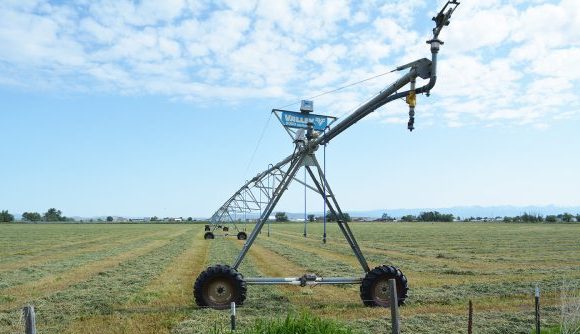Our view: Exploring Oregon’s great electoral divide
Published 5:00 am Wednesday, November 16, 2022
The following is not a complaint. The purpose, rather, is to put into perspective the political realities that Oregon’s heavily concentrated electorate creates, as well as to illustrate the dramatic differences between the perspectives of voters in different regions.
Neither is a revelation, of course, to anyone with even a passing interest in Oregon politics over the past 40 years or so.
Indeed the state’s political divide, which is approximately consistent with the geographic divide of the Cascade Mountains, is so familiar that it’s become cliché.
But we just had an election.
And that election offers some especially stark examples of how much electoral muscle the comparatively puny parts of the state, in size rather than population, can flex.
This contrast played out, in quite similar ways, in both the gubernatorial race and in the most significant of the statewide ballot measures.
In the former contest, Democrat Tina Kotek narrowly beat Republican Christine Drazan, ensuring that the Democratic Party’s winning streak in the governor’s race, which started in 1986, would continue.
Kotek won about 47.1% of the votes, Drazan about 43.4%.
(These are preliminary numbers; thousands of ballots have yet to be counted in some counties, including Multnomah.)
Kotek won in seven of Oregon’s 36 counties, including the most populous — Multnomah, which includes Portland and has 19% of the state’s registered voters — and the second most populous, Washington County, which has 13% of voters.
Every county that Kotek carried is west of the Cascades. The five others are Benton, Clatsop, Hood River, Lane and Lincoln.
But it’s Multnomah that matters most.
Kotek received 72% of the votes in that county — a total of 258,344 as of Friday, Nov. 11.
That’s well more than double the votes that Drazan won in 14 counties, including Wallowa, that are east of the Cascades. The others are Baker, Crook, Gilliam, Grant, Harney, Klamath, Lake, Malheur, Morrow, Sherman, Umatilla, Union and Wheeler. In nine of those 14 counties, voters supported Drazan at even higher rates than Kotek enjoyed in Multnomah. Wallowa County is one of those nine. Here, voters’ preference for Drazan — 68.4% — was almost identical to Kotek’s level of support in Multnomah.
There is nothing nefarious about any of these numbers.
Or unfair.
We decide statewide elections based on how many voters prefer a candidate or a measure, not on the number of counties (no Electoral College in this case).
But it happens that in Oregon, not only does Multnomah County have the lion’s share of the voters, but those voters, to a large extent, feel quite differently about matters of public policy than their counterparts in Union County and much of the rest of the state.
But to many voters in Wallowa County and Baker City, Cove, John Day and Lakeview and dozens of other towns, the quaint platitude that “all votes matter” might, in the aftermath of some statewide races in the Nov. 8 election, seem a bit hollow, and even patronizing.
Because when it comes to not insignificant issues such as who Oregon’s top elected official ought to be, voters in the remote hinterlands might today be feeling lonely indeed.









